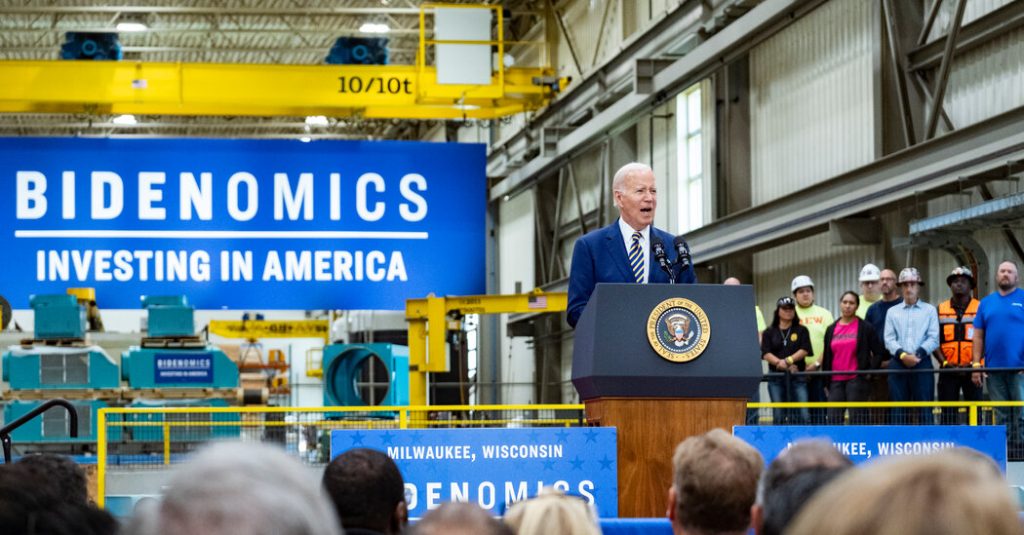Syd Ortiz, a resident of Bethlehem, Pennsylvania, feels like the economy is headed toward another Great Depression. Despite having a job she loves and saving up to buy a house, the recent round of layoffs at work and high housing prices have left her feeling pessimistic. After being apolitical in past elections, Ortiz is now leaning toward former President Donald Trump, citing a raise she received during his presidency. Pollsters and economists suggest that voter perceptions of the economy leading up to the election could shape their decisions in November, considering the trajectory over time rather than just the state of the economy on Election Day.
In Pennsylvania’s Northampton County, where President Biden won by a slim margin in 2020, voters express frustration and ambivalence about the economy. Despite strong wage growth and solid labor conditions nationally, many voters, like Ortiz, feel despondent about the economy’s outlook. While economic decision-making is influenced by various factors, nearly 30 percent of battleground state voters cite the economy, inflation, or the cost of living as the most important issue influencing their vote. Voters’ impressions of the economy are formed over months, with considerations of how well those around them are faring impacting their perceptions.
Residents of Northampton County have varying economic complaints despite the area’s considerable economic development. Registered Republican Rhonda Albus feels the strain of steady income and rising prices, while Democrat Anthony Thomas has experienced the impact of higher gas, food, and electronics costs. A local business owner views the economy more optimistically, suggesting that lower interest rates would improve economic conditions despite the difficulties caused by high rents. Bob Brindisi, who voted for Biden in 2020, questions whether he will vote at all this fall, citing slow sales at his sewing machine business.
The nation’s economic health is a mix of positive and negative indicators, leaving voters confused about the state of the economy. Job market data remains strong, with low unemployment and robust job growth, but inflation continues to be a concern. Prices increased rapidly in 2021 and 2022, leaving wages struggling to catch up. Despite a slower pace of price increases, people still feel like they are running in place economically. While wages have been rising, helping some individuals to break even with inflation and even improve their financial situations, there remains a sense of unease about the economy’s overall direction.
In conclusion, the economy’s performance leading up to the election could play a significant role in shaping voter decisions. Even as national economic indicators remain positive, individual experiences and perceptions of the economy vary widely. Factors such as consumer spending, inflation, and wage growth contribute to the complex economic landscape that voters are navigating. The combination of historical context, recent economic trends, and personal economic experiences will likely influence voter sentiment as Election Day approaches.


